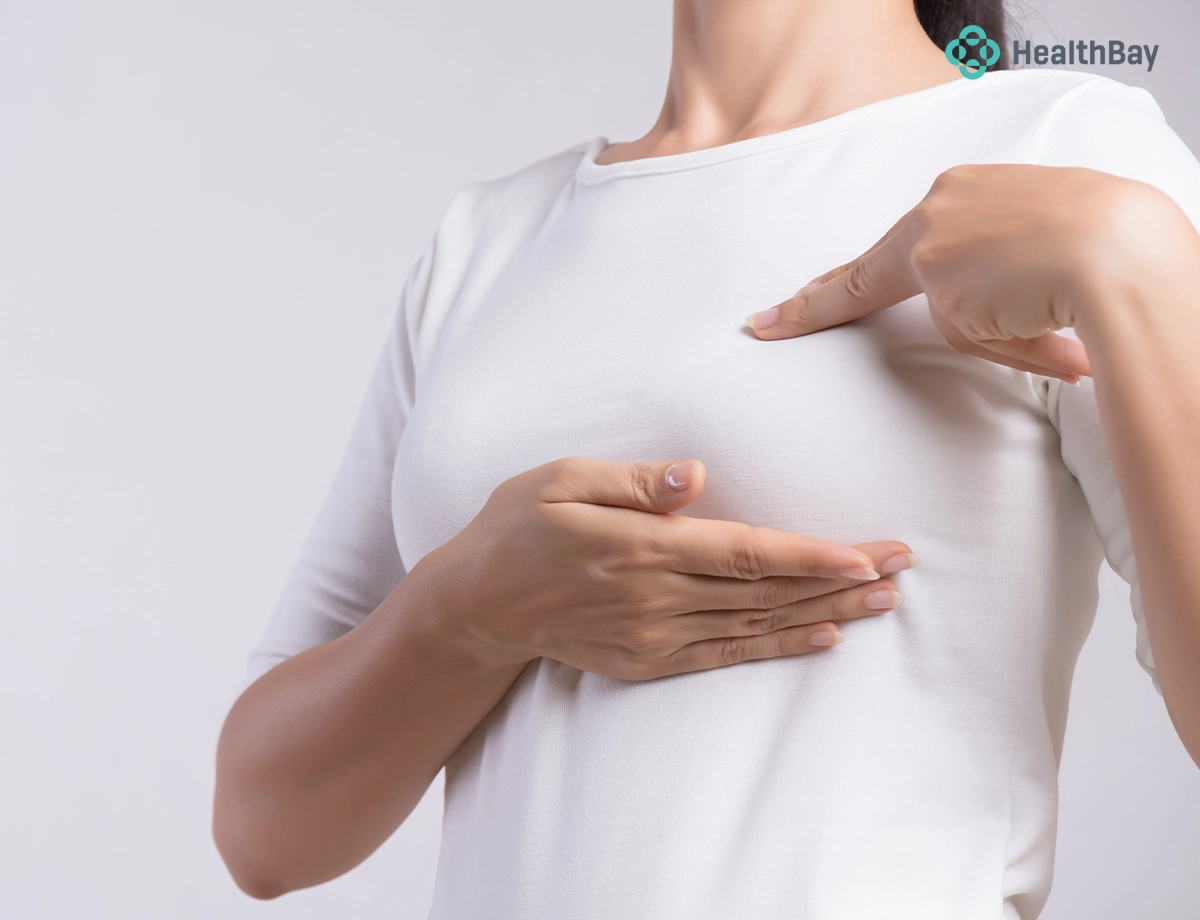
Early Signs of Breast Cancer Every Woman Should Know
Breast cancer is one of the most common cancers affecting women worldwide. Early detection is critical in improving survival rates and ensuring effective treatment. With advancements in healthcare and awareness campaigns, women today are better equipped to recognize the early signs of breast cancer. Whether you’re monitoring your own health or supporting a loved one, understanding these signs is essential.
For women in the UAE, particularly those seeking Breast cancer treatment, early diagnosis can open the door to advanced medical care, better outcomes, and a greater chance of full recovery.
Why Early Detection Matters
When breast cancer is caught in its early stages, the chances of successful treatment are significantly higher. According to the World Health Organization, early-stage breast cancer has a 90% or higher 5-year survival rate when detected early. Regular screenings, awareness of symptoms, and self-exams play a crucial role in early detection.
Common Early Signs of Breast Cancer
1. A Lump in the Breast or Underarm
This is the most commonly recognized symptom. A new lump or mass that feels different from the surrounding tissue should always be examined by a healthcare provider. Not all lumps are cancerous, but it’s important not to ignore them.
2. Changes in Breast Size or Shape
Sudden or gradual changes in the size or shape of one breast may indicate underlying issues. If the change is unexplained and persistent, consult your doctor immediately.
3. Nipple Discharge
Any fluid leaking from the nipple could be a warning sign, particularly if it’s bloody or doesn’t happen when you squeeze it. It deserves careful consideration even though it isn’t usually connected to cancer.
4. Skin Changes on the Breast
Watch for dimpling, puckering, redness, or an “orange peel” texture on the breast skin. These could be signs of inflammatory breast cancer and should be taken seriously.
5. Nipple Retraction or Pain
If the nipple turns inward or becomes flattened, this could indicate a tumour pulling the tissue inward. Pain in the nipple or breast area that does not go away is also concerning.
6. Swelling in the Breast or Lymph Nodes
Swelling in part or all of the breast, even without a lump, can be a sign of breast cancer. Swollen lymph nodes under the arm or around the collarbone may also indicate spread.
7. Persistent Breast Pain
Although most breast cancers do not cause pain, ongoing, unexplained discomfort or tenderness should not be ignored.
Less Common Symptoms
- Itching or burning sensation in the breast
- Scaling or flaking of nipple skin
- Uneven breast texture or thickening
- Colour changes (redness or bruising)
Risk Factors That Increase the Importance of Early Screening
While any woman can develop breast cancer, some risk factors may increase vulnerability:
- Family history of breast or ovarian cancer
- BRCA1 or BRCA2 gene mutations
- Late menopause or early menstruation
- Obesity and lack of physical activity
- Hormone replacement therapy
- Smoking and alcohol consumption
- Previous radiation exposure
Women with these risk factors should consult a specialist and consider regular mammograms and other screenings.
How to Perform a Breast Self-Exam
A breast self-exam is a helpful way to notice changes early and plays a vital role in breast cancer awareness. Here’s a step-by-step guide to performing it effectively:
- Look in the Mirror : Place your arms on your hips and your shoulders straight. Check for variations in skin texture, size, or shape.
- Raise Your Arms : Check the mirror for any obvious swelling or distortion.
- Feel Your Breasts While Lying Down : To feel the entire armpit and breast area, move your other hand in a circular manner.
- Check While Standing or in the Showe : Some women find it easier to detect lumps when their skin is wet and slippery.
If you notice any changes, contact a healthcare provider immediately. Remember that early detection saves lives.
Diagnostic Methods for Breast Cancer
In Dubai, modern medical facilities offer a variety of diagnostic tools to ensure early detection and accurate diagnosis:
- Mammography : An X-ray of the breast is considered the gold standard in screening.
- Ultrasound : Useful for distinguishing between solid tumours and fluid-filled cysts.
- MRI (Magnetic Resonance Imaging) : Provides detailed images, especially for women with dense breast tissue.
- Biopsy : Removal of breast tissue for lab analysis to determine if the cells are cancerous.
Breast Cancer Treatment in Dubai
Dubai is home to some of the leading oncology centers in the Middle East, offering world-class care for patients seeking Breast cancer treatment in Dubai. Treatment options include:
- Surgery(Lumpectomy or Mastectomy)
- Chemotherapy
- Radiation Therapy
- Hormonal Therapy
- Targeted Therapy
- Immunotherapy
Patients also benefit from personalized treatment plans, multilingual care teams, and advanced diagnostic facilities. Dubai’s hospitals combine traditional approaches with integrative therapies and emotional support services.
Tips to Lower Your Risk of Breast Cancer
A healthy lifestyle can greatly lower your risk of developing breast cancer, even though not all cases can be prevented:
- Maintain a healthy weight
- Exercise regularly
- Limit alcohol intake
- Eat a diet high in fruits and vegetables that is well-balanced.
- Avoid smoking
- Breastfeed if possible
- Schedule routine screenings
Ready to Take the First Step?
Breast cancer can be silent in its early stages, but your body may give subtle warning signs—if you know what to look for. Awareness and action can make all the difference.
By staying informed and prioritizing regular check-ups, women in Dubai can take control of their health.
If you notice any unusual changes, don’t wait. Book a consultation with a specialist at HealthBay, your go-to Breast cancer clinic in Dubai.
Your health is your strength, and we’re here to help you protect it!









